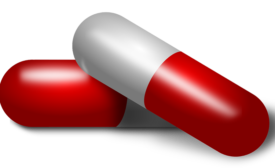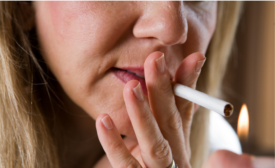Home » addiction
Articles Tagged with ''addiction''
Psychologist group gives mixed review to president's opioid plan
Calls for more emphasis on nonpharmacological treatments, opposes death penalty for opioid traffickers
March 21, 2018
Never miss the latest news and trends driving the safety industry
eNewsletter | Website | eMagazine
JOIN TODAYCopyright ©2024. All Rights Reserved BNP Media.
Design, CMS, Hosting & Web Development :: ePublishing



